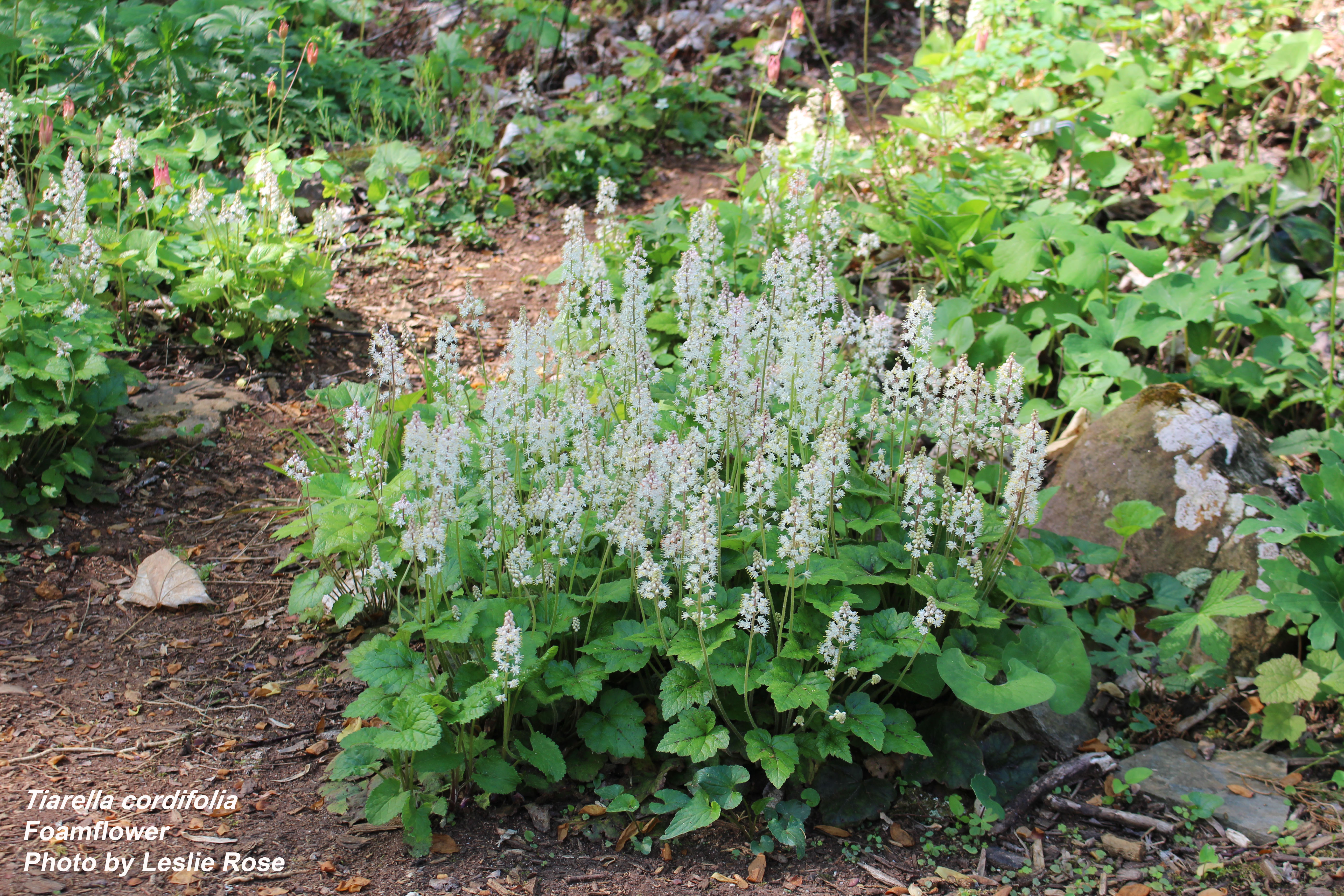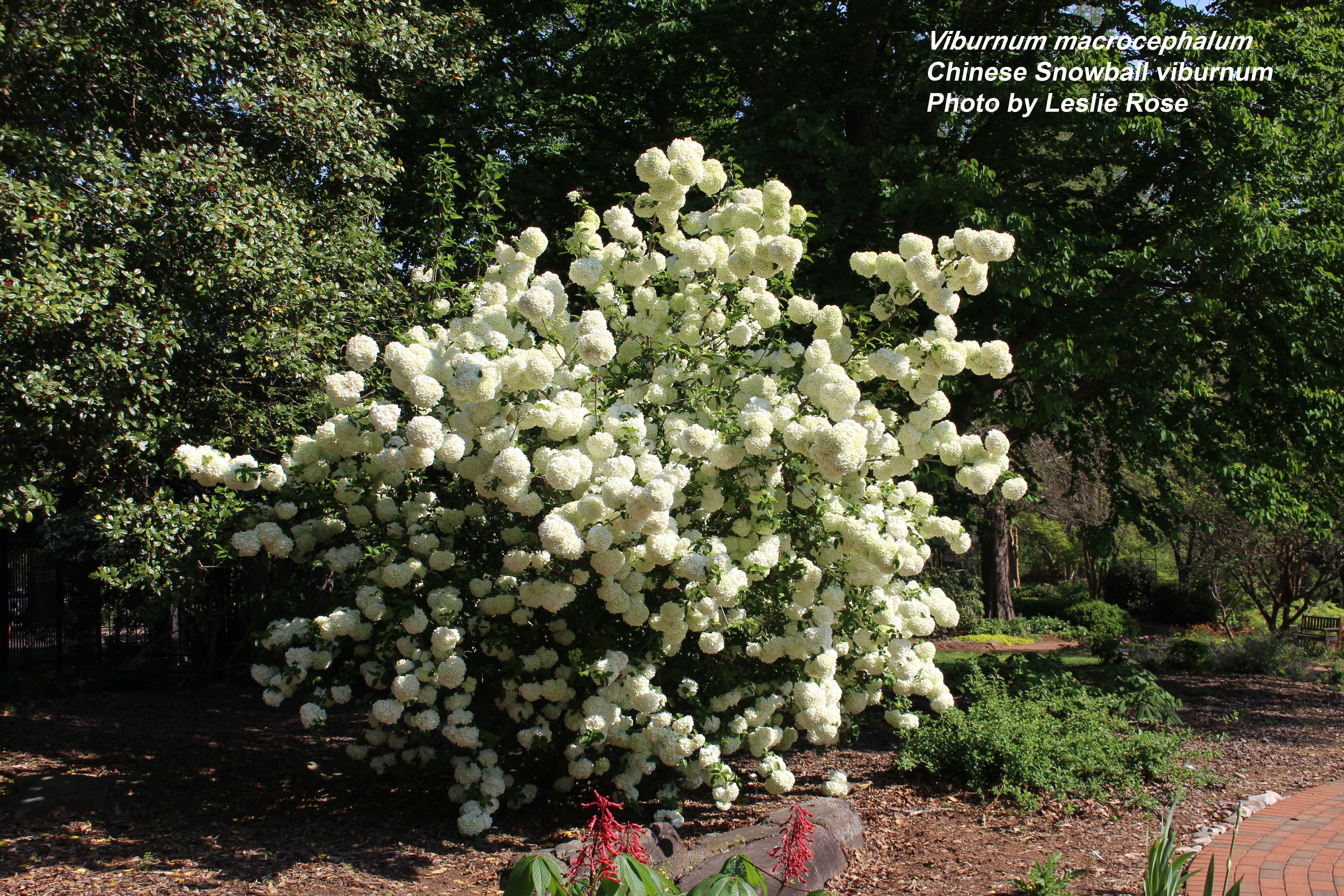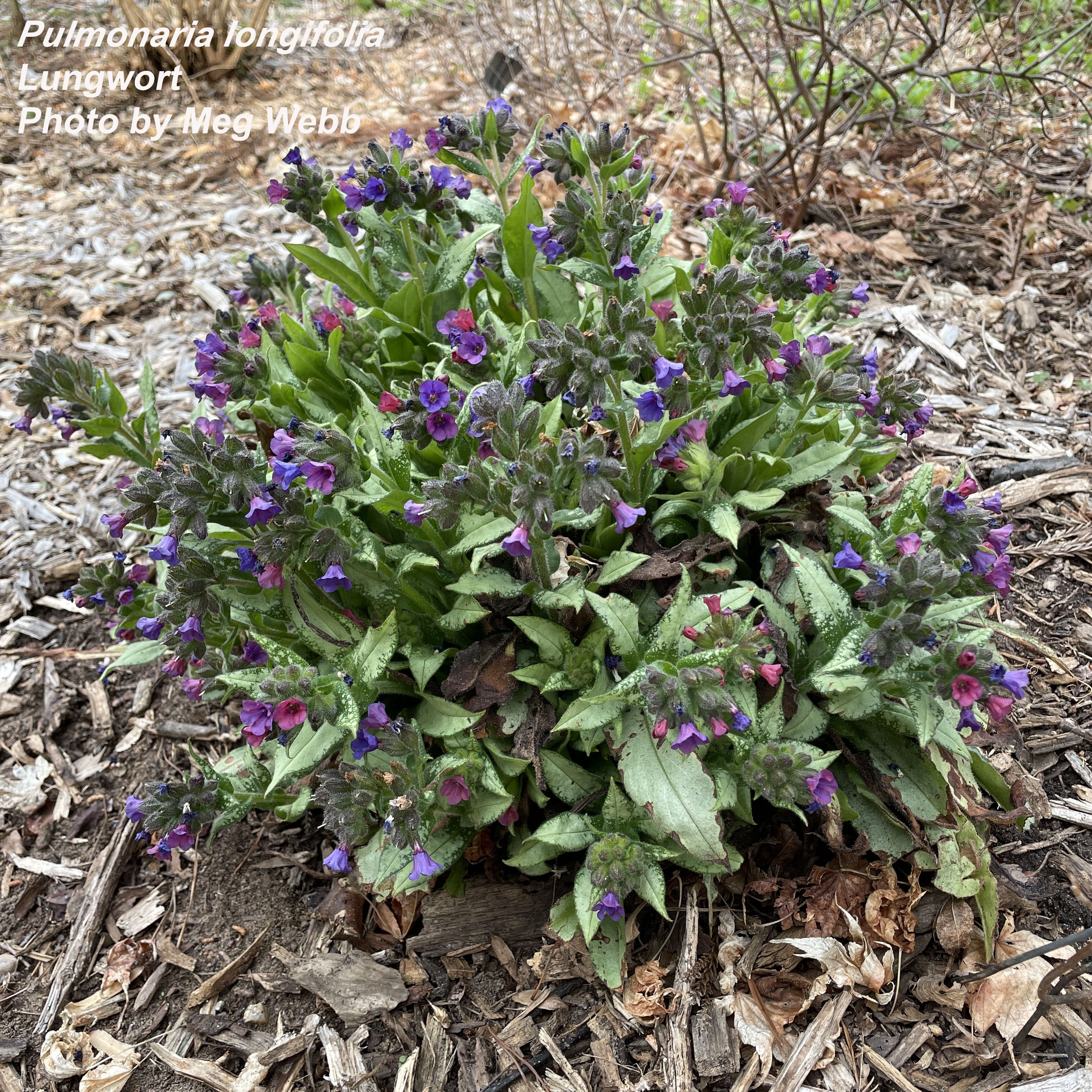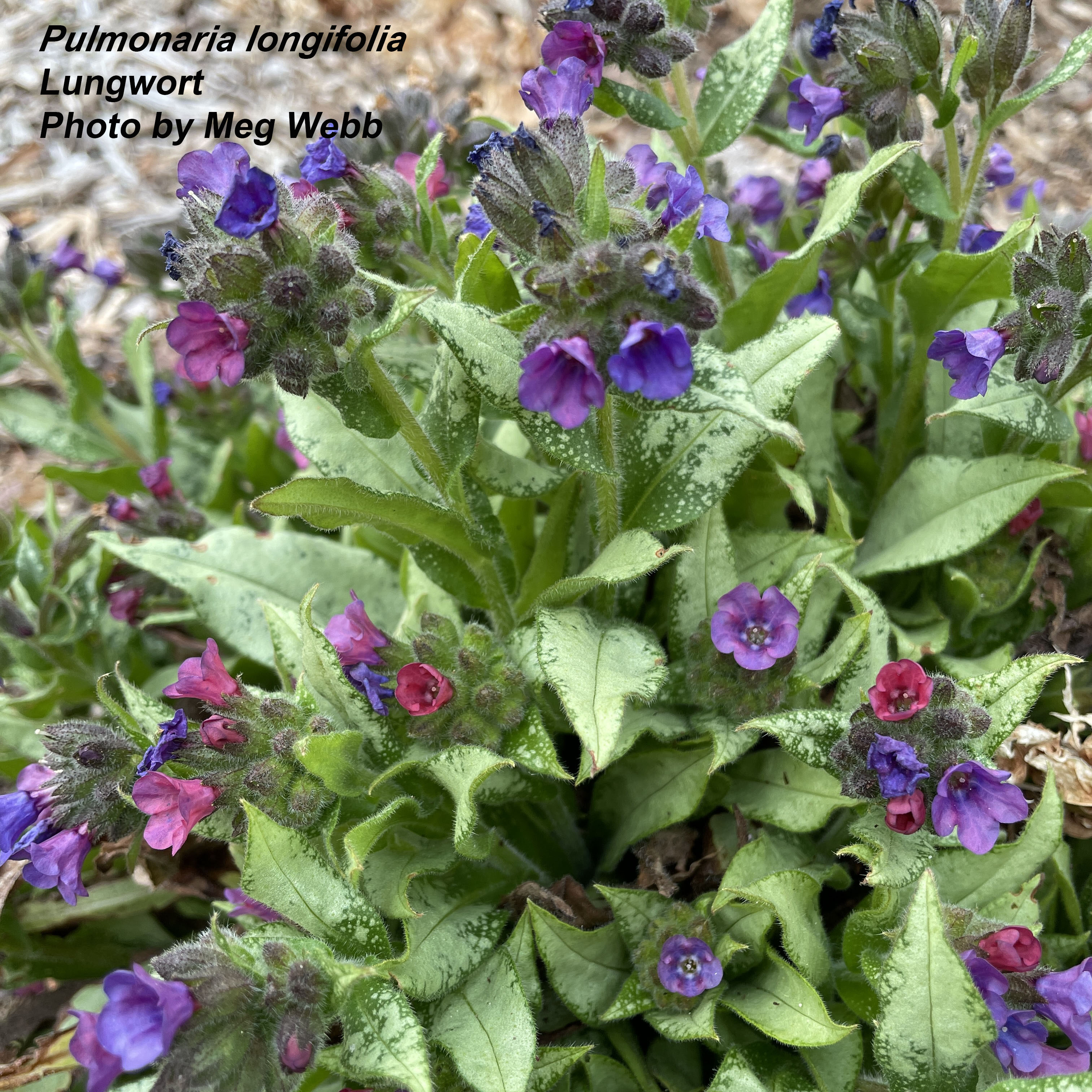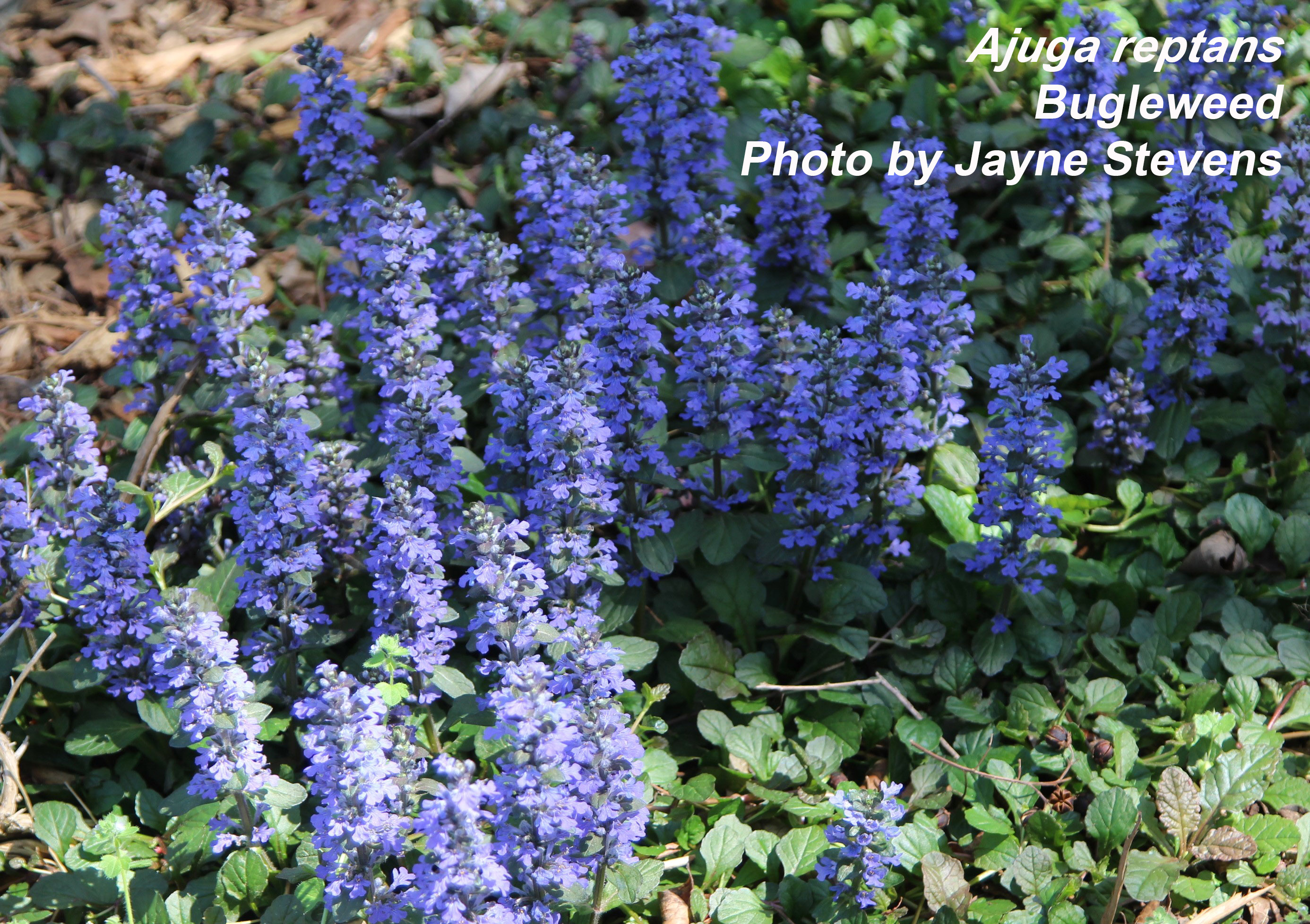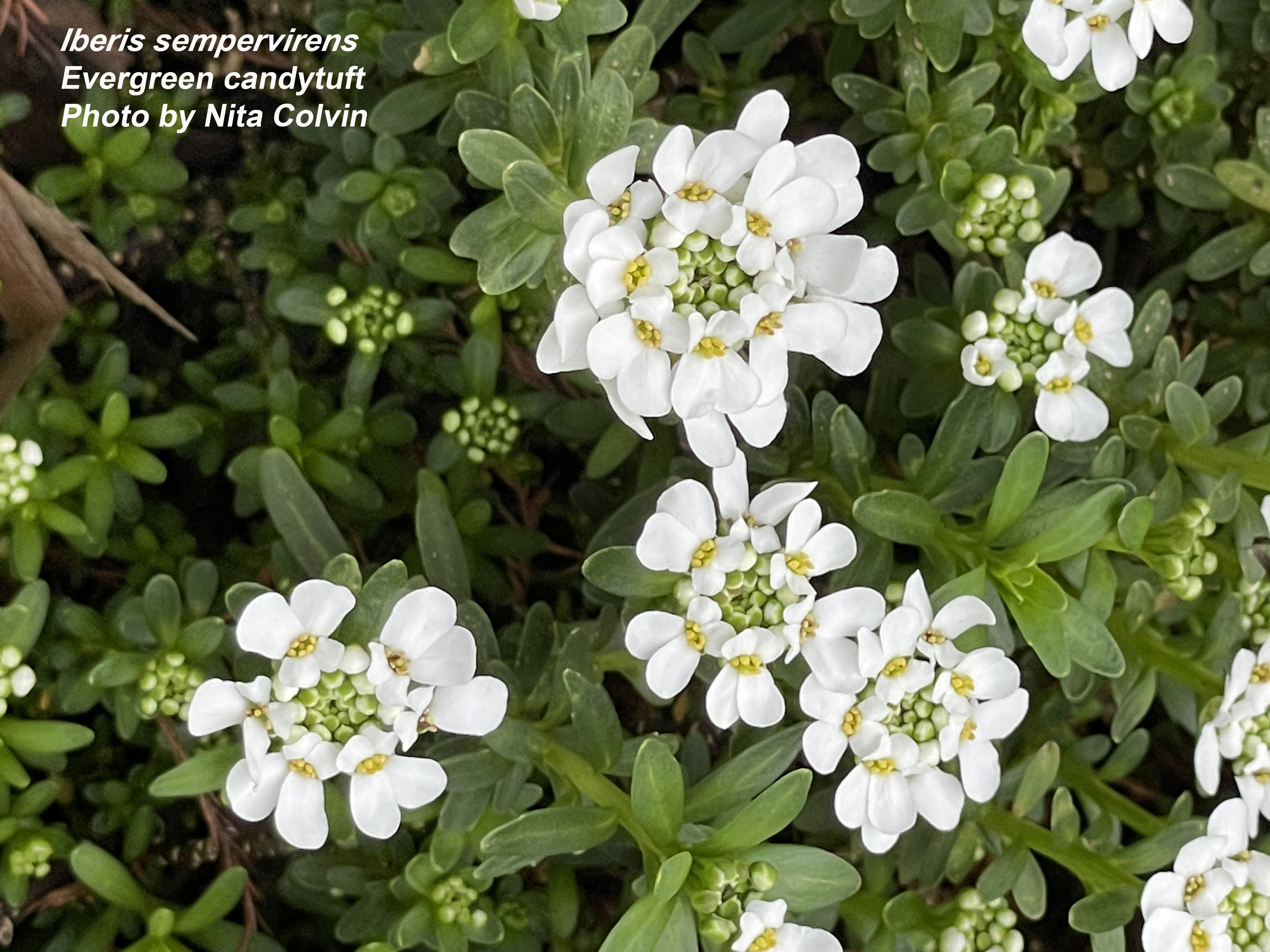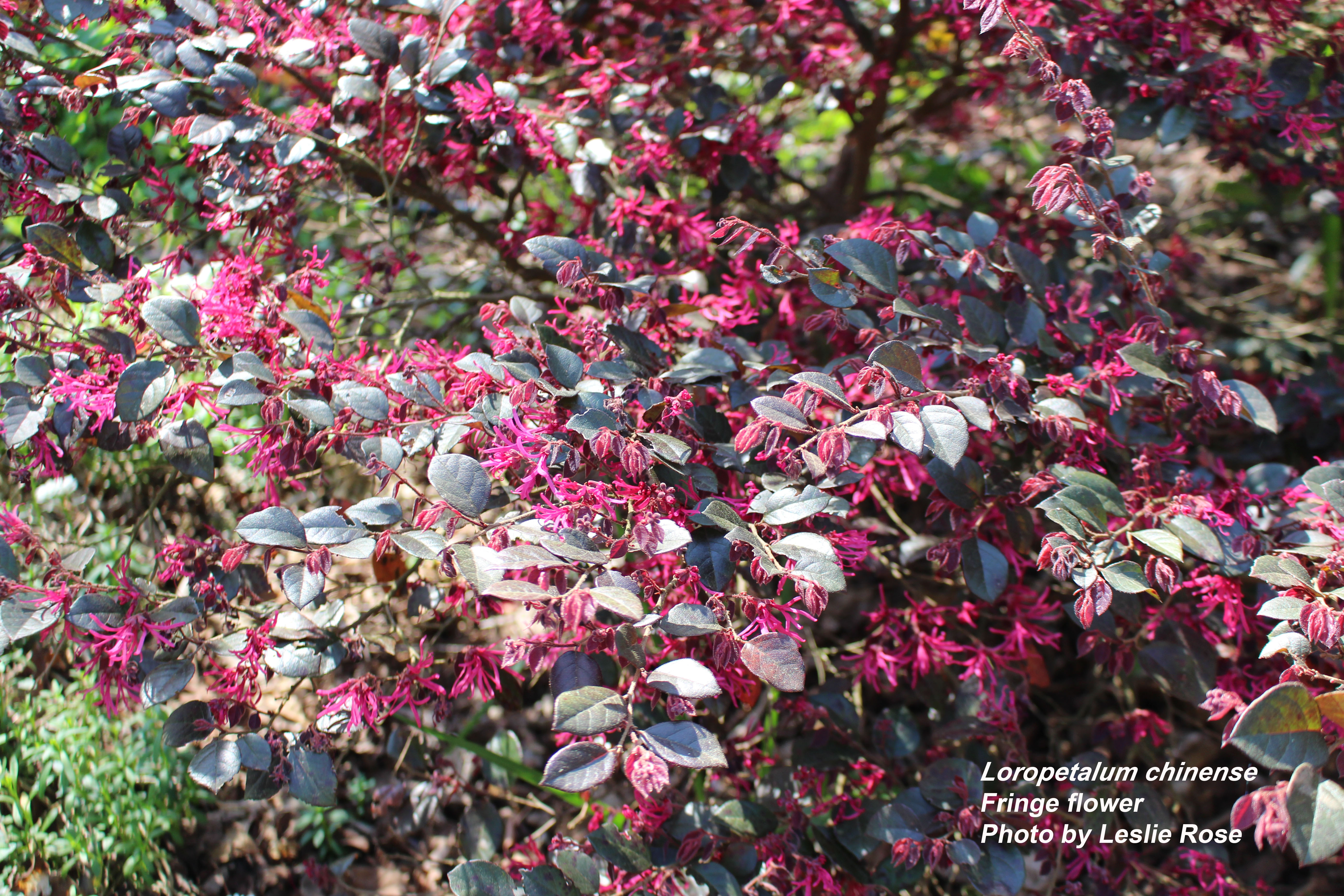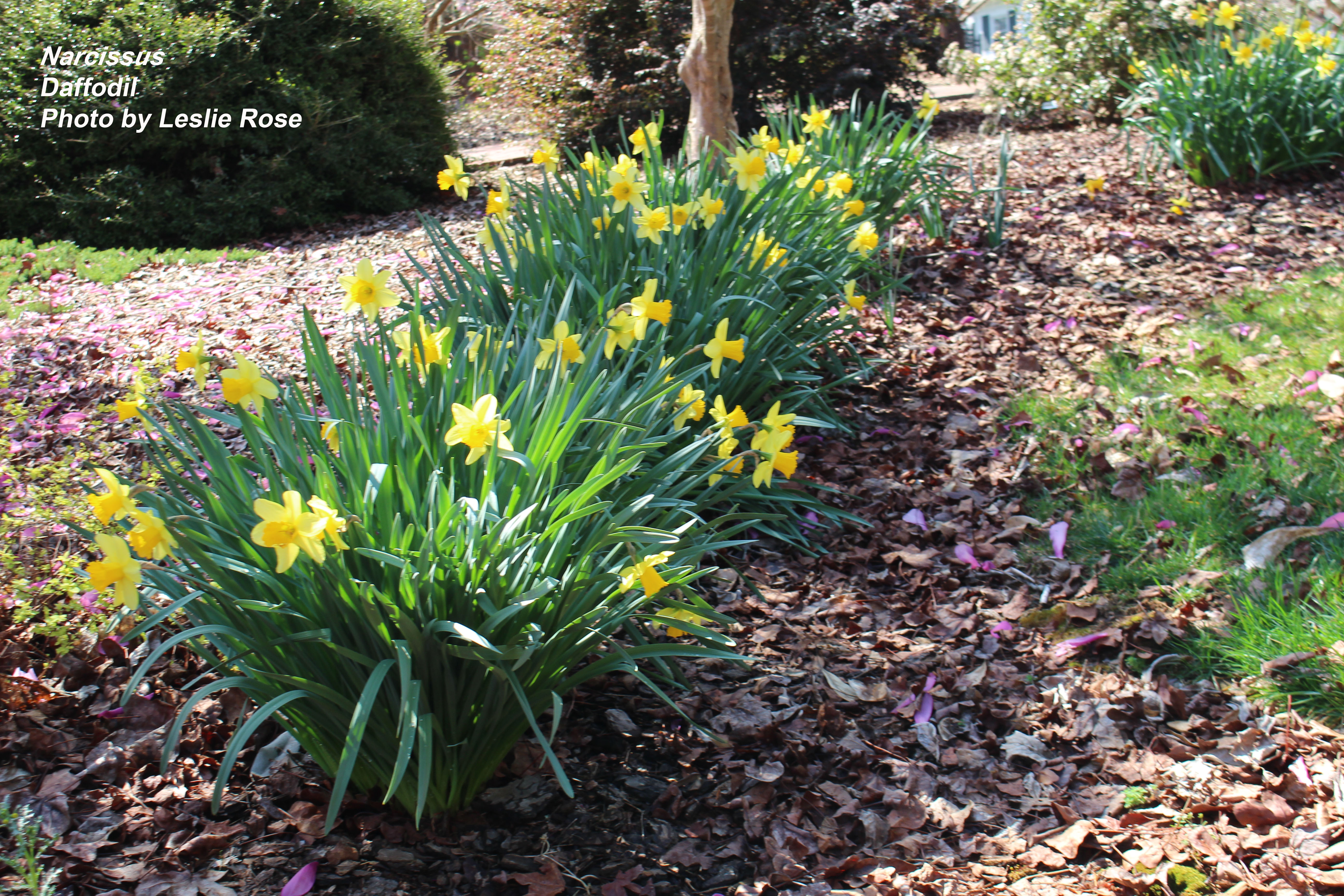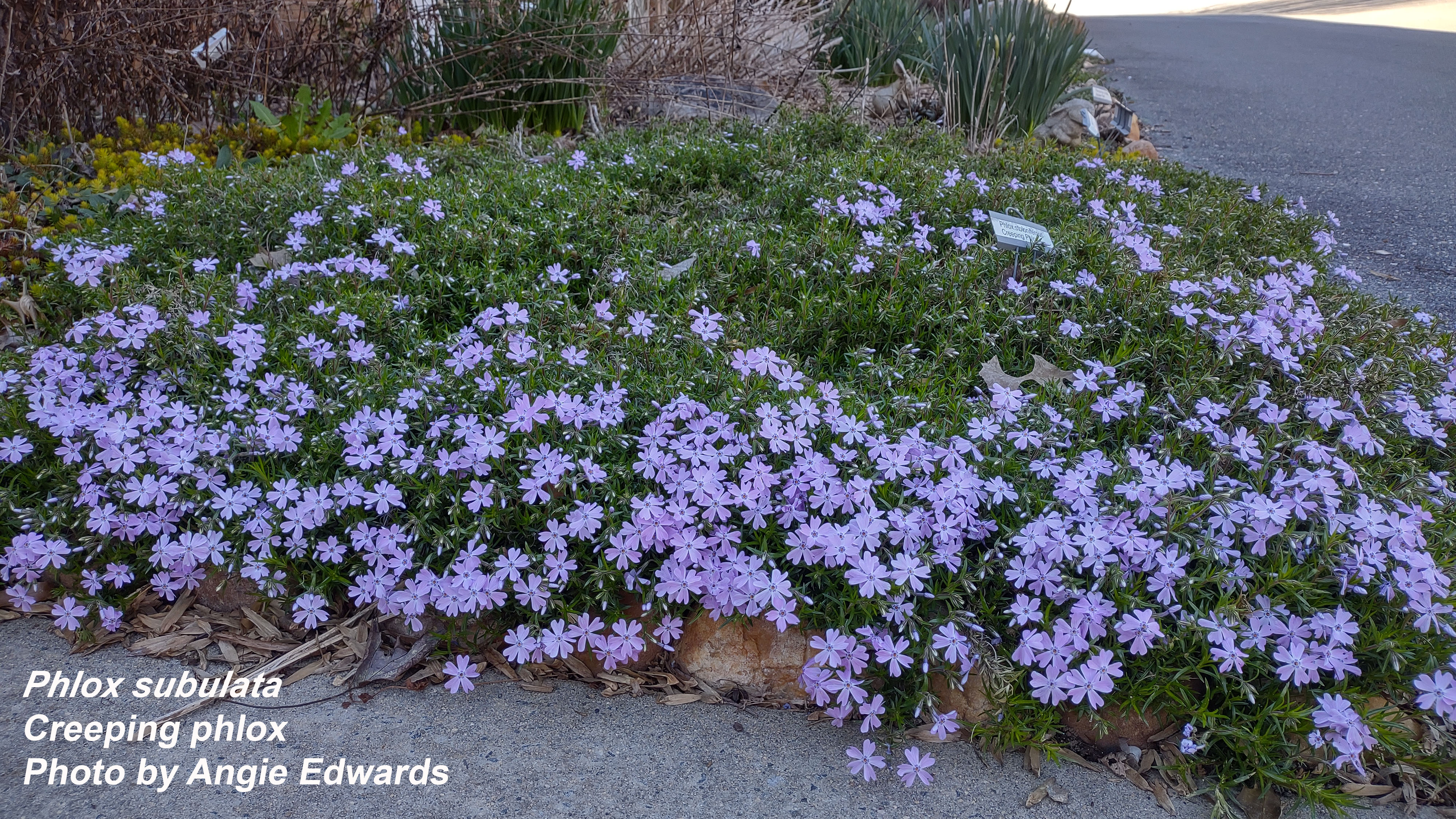What’s in Bloom?
go.ncsu.edu/readext?670518
en Español / em Português
El inglés es el idioma de control de esta página. En la medida en que haya algún conflicto entre la traducción al inglés y la traducción, el inglés prevalece.
Al hacer clic en el enlace de traducción se activa un servicio de traducción gratuito para convertir la página al español. Al igual que con cualquier traducción por Internet, la conversión no es sensible al contexto y puede que no traduzca el texto en su significado original. NC State Extension no garantiza la exactitud del texto traducido. Por favor, tenga en cuenta que algunas aplicaciones y/o servicios pueden no funcionar como se espera cuando se traducen.
Português
Inglês é o idioma de controle desta página. Na medida que haja algum conflito entre o texto original em Inglês e a tradução, o Inglês prevalece.
Ao clicar no link de tradução, um serviço gratuito de tradução será ativado para converter a página para o Português. Como em qualquer tradução pela internet, a conversão não é sensivel ao contexto e pode não ocorrer a tradução para o significado orginal. O serviço de Extensão da Carolina do Norte (NC State Extension) não garante a exatidão do texto traduzido. Por favor, observe que algumas funções ou serviços podem não funcionar como esperado após a tradução.
English
English is the controlling language of this page. To the extent there is any conflict between the English text and the translation, English controls.
Clicking on the translation link activates a free translation service to convert the page to Spanish. As with any Internet translation, the conversion is not context-sensitive and may not translate the text to its original meaning. NC State Extension does not guarantee the accuracy of the translated text. Please note that some applications and/or services may not function as expected when translated.
Collapse ▲What’s in bloom in Forsyth County?
N.C. Cooperative Extension mantains two public gardens in Forsyth County with the assistance of NC State Extension Master Gardener℠ volunteers of Forsyth County:
- Forsyth County Demonstration Garden, located at the Forsyth County Agriculture Building, 1450 Fairchild Rd, Winston-Salem, NC 27105
- Arboretum and Gardens at Tanglewood Park, 4200 Manor House Circle, Clemmons, NC 27012
These gardens are open year-round for visitors.
If you want to learn more about one of the plants you see here, check out the NC Extension Gardener Plant Toolbox at plants.ces.ncsu.edu.
Week of April 11, 2024
Spring is here! There are lots of flowers blooming our gardens. The weather is still getting cool overnight, and we are not yet out of the threat of frost. Our average last frost occurs around April 15, so it is recommended to wait until after that date to plant your summer annuals. If you planted early and see that a frost is approaching, this video tells you what you can do to protect tender plants from a late spring frost.
If you are looking for basic gardening information, visit our Gardening in the Piedmont website for recordings of past webinars and other great garden resources!
Thank you to NC State Extension Master Gardener volunteers of Forsyth County, for assistance compiling this week’s photos and information.
Foamflower (Tiarella cordifolia) gets its name from the white blooms which appear during the spring. This native perennial is a spring ephemeral, but its lobed leaves will stick around through summer, adding interest to the garden as a groundcover.
Native to southeastern US, Coral honeysuckle (Lonicera sempervirens) is a vigorous twining vine that reaches 10-20 feet tall and 3-6 feet wide. It prefers medium moisture, well-drained, neutral to acidic soils in full sun. It is a good addition to a butterfly, native, or pollinator garden.
Viburnum macrocephalum, or Chinese snowball viburnum, shrub can grow to 25 ft. high and 20 ft. across in zone 6-9. This plant is a showstopper with its large white blooms that can sometimes be confused for hydrangea flowers.
Pulmonaria longifolia, or Lungwort, is a perennial plant that loves the shade. It spreads slowly and adds a unique burst of color to the shade garden.
Ajuga reptans is a perennial ground cover from the mint family. It blooms in spring and cultivars are available in several colors. It spreads by rhizomes; left unattended, it can spread into nearby beds and lawns. This plant is resistant to browsing by deer and rabbits and can be planted near black walnut trees.
Iberis sempervirens, commonly known as Candytuft, is a low-growing, flowering perennial plant. Its showy white flowers provide early to mid-spring color that contrasts well with spring bulb flowers. Candytuft prefers full sun and moist to slightly dry soil that has good drainage.
Stylophorum diphyllum, or Celandine-poppy, is a perennial wildflower in the poppy family that is native to the Eastern U.S., where it grows along streams and ravines in deciduous forests. It is not native to NC, but it readily naturalizes in the mountains and Piedmont areas. It has showy, yellow, cuplike flowers that can be planted in shady areas.
Mertensia virginica, or Virginia bluebells, is a native, perennial wildflower. It attracts bees, hummingbirds, butterflies and moths. Virginia Bluebells are stunning when grown in mass plantings around trees, shrubs, or woodland settings. These plants grow best in deep to partial shade.
Chinese fringe flower (Loropetalum chinensis) is an evergreen shrub in our area. The shrub features striking fuchsia flower petals in spring, and some cultivars have dark purple-black leaves. It flowers best in full sun but needs some afternoon shade. This is an attractive and versatile shrub that is often used for borders, screens, and foundation plantings.
Narcissus, often called Jonquil or daffodil, is a perennial bulb. There are countless cultivars available, ranging in height from a few inches to 18”, and bloom times that appear from early to late spring. Daffodils are good for naturalizing and easy to grow as long as conditions are not wet. After flowers fade, remove the seed heads, but do not remove the straplike leaves until they have died, since they provide food to the bulbs for next year’s blooms. Plant in the fall to a depth of three times the diameter of the bulb for spring flowering.
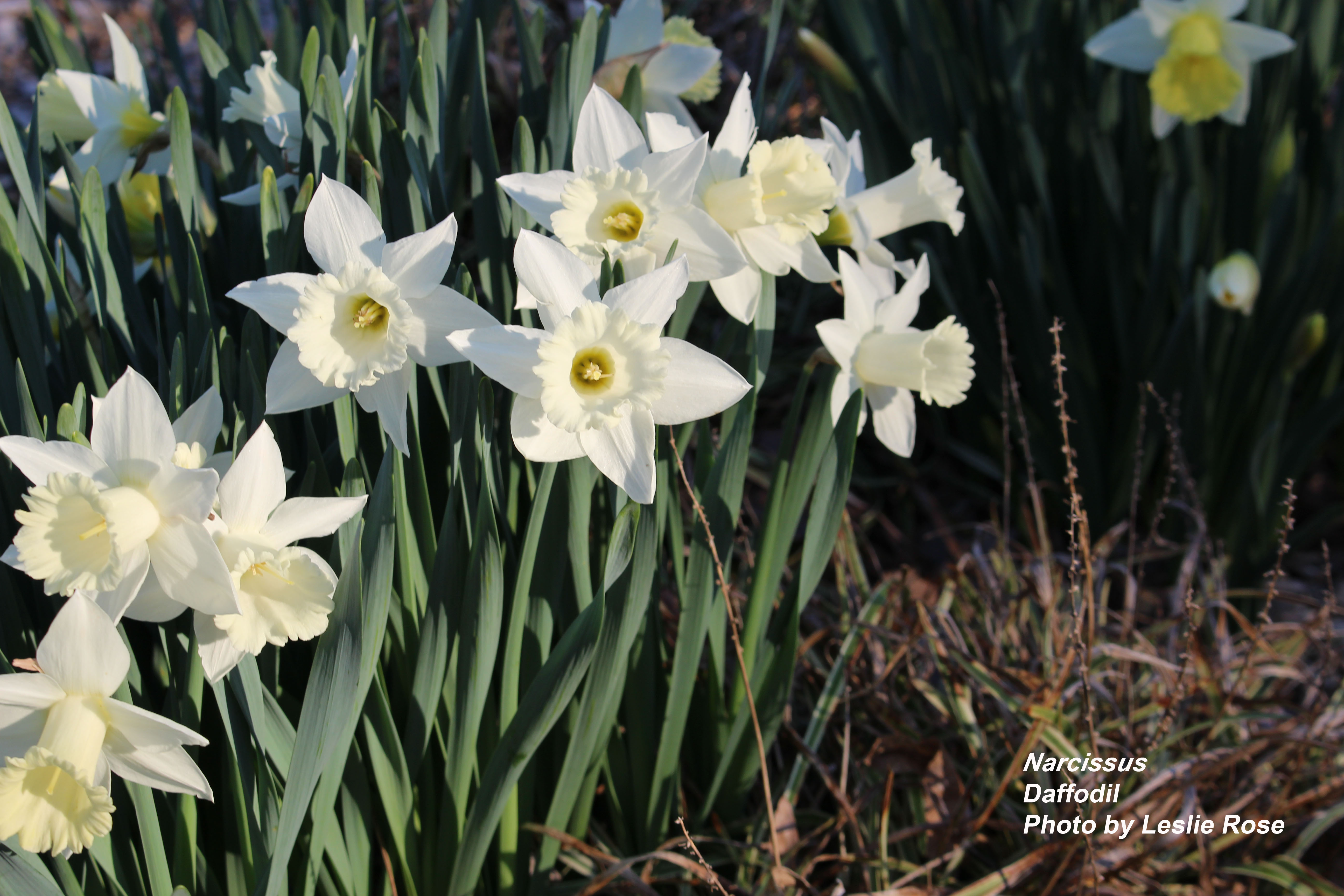
Daffodils are now blooming at the Arboretum at Tanglewood Park and at the Demonstration Garden.
Creeping phlox (Phlox subulata) is a perennial plant that blooms early in the spring. This plant works as a great ground cover, staying low to the ground and spreading to cover areas several feet wide. Different varieties of this plant will have various flower colors, including pink, lavender, purple, and white.






